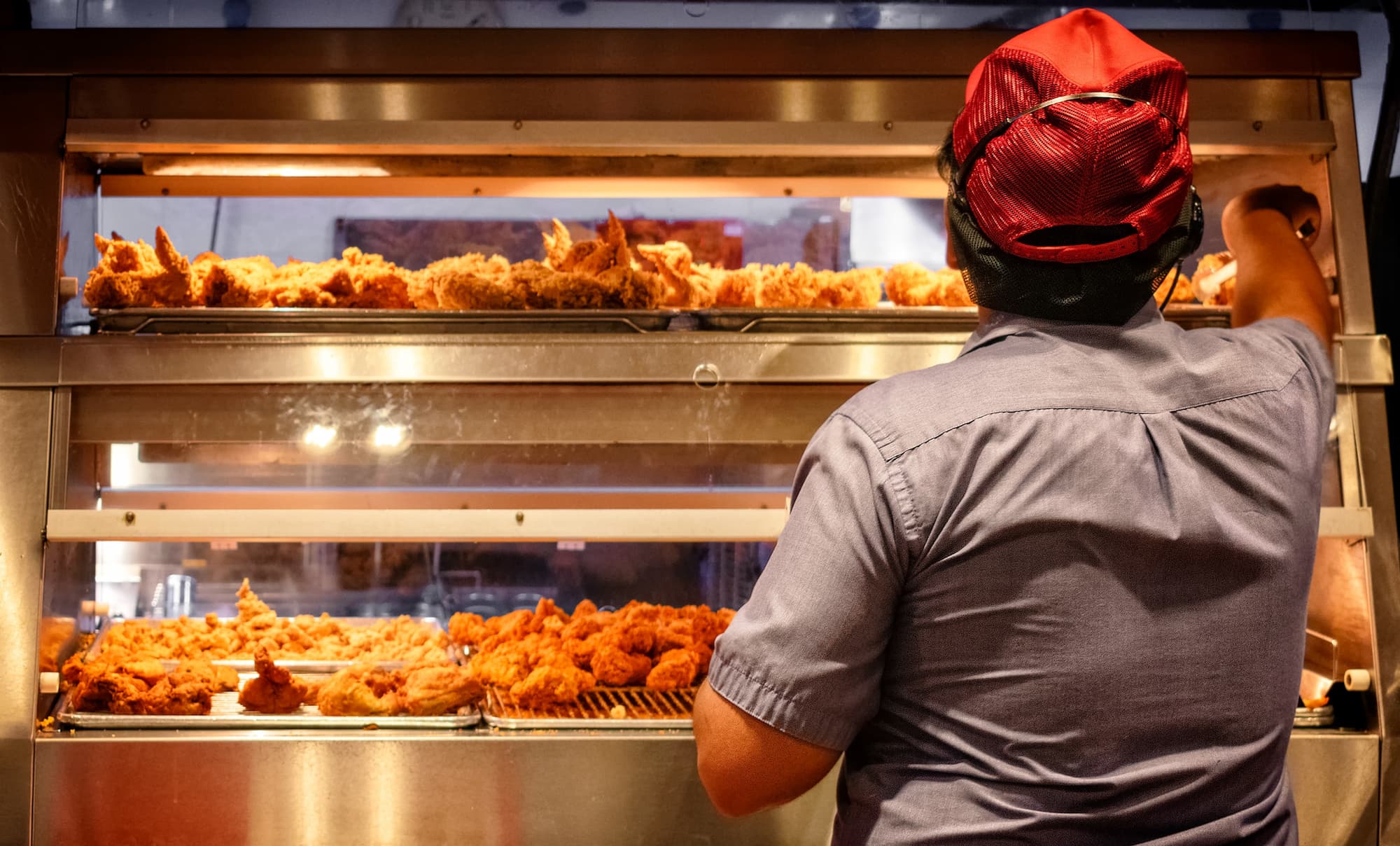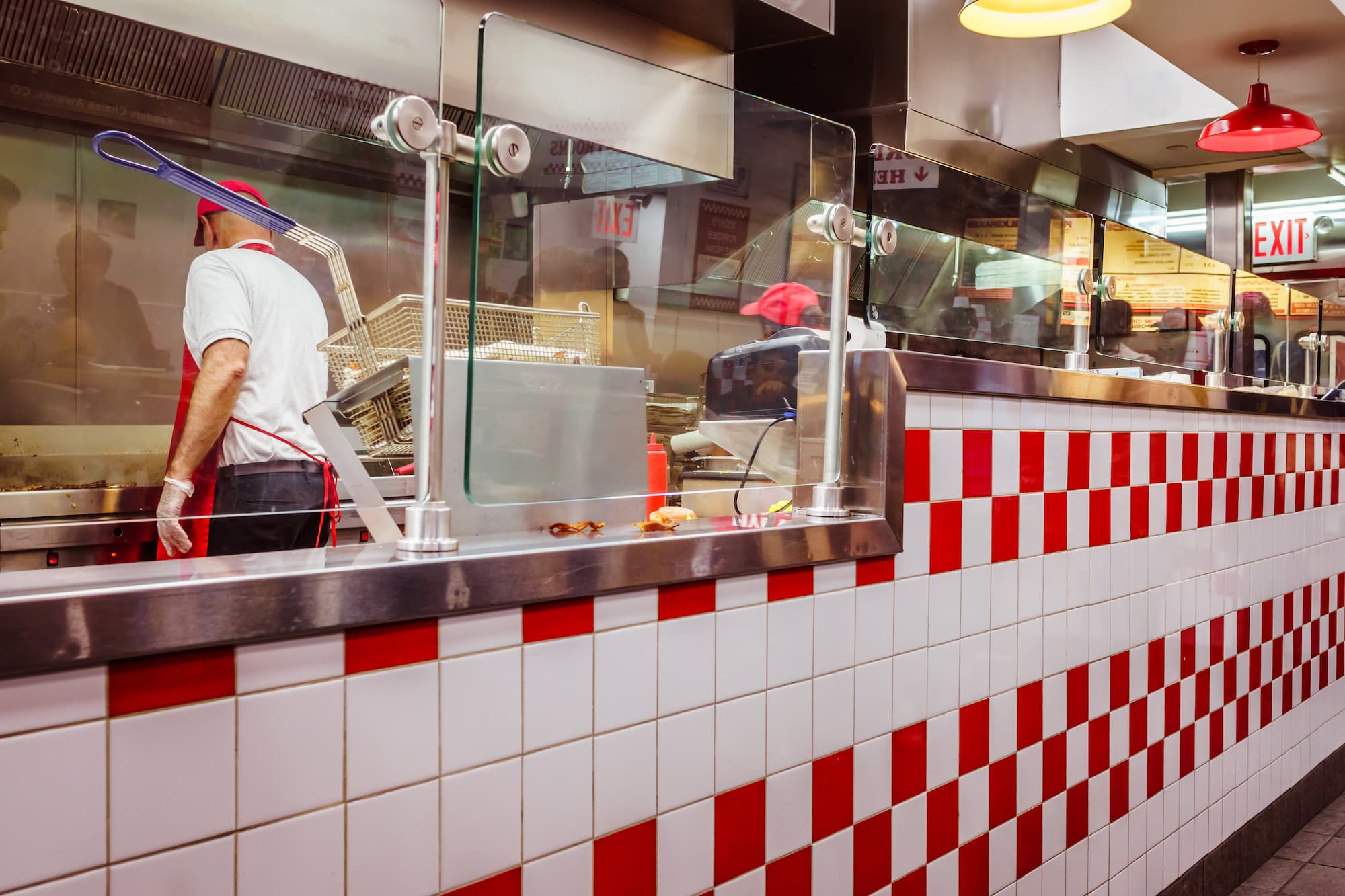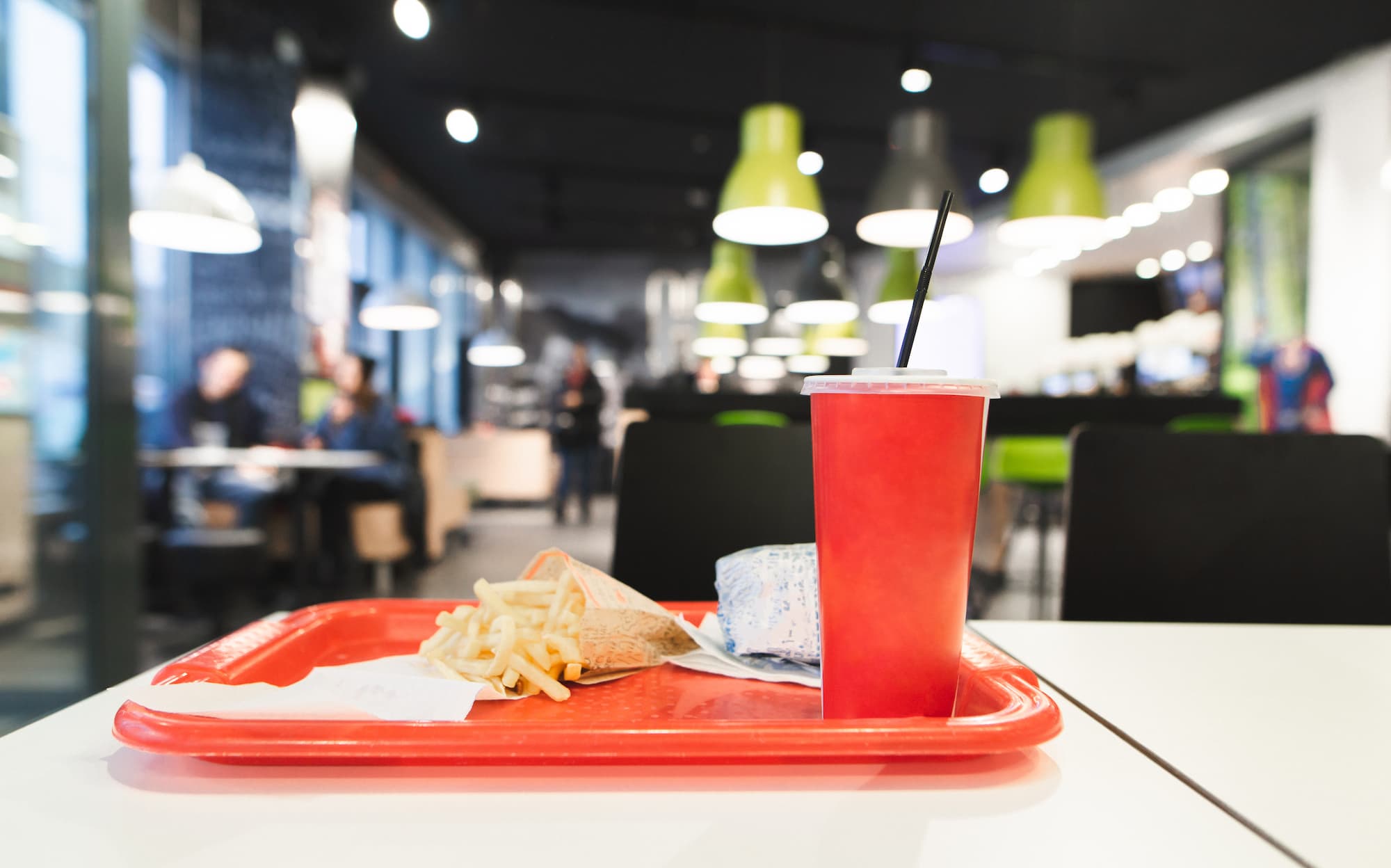In 2021, the U.S. House of Representatives introduced a bill to gradually increase the national minimum wage to $15/hour by 2025. This bill, known as the Raise the Wage Act of 2021, has been applauded by quick service restaurant (QSR) workers nationwide. The rest of the industry, on the other hand, remains split on the issue.
Raising the minimum wage and eliminating the tip credit for servers “imposes an impossible challenge for the restaurant industry,” said Sean Kennedy of the National Restaurant Association in a 2021 statement — especially for smaller businesses and franchises.
And let’s not forget inflation and rising food costs. According to the US Department of Agriculture (UDSA), the all-items Consumer Price Index (CPI), a measure of economy-wide inflation, rose by 0.8% from December 2022 to January 2023 and was up 6.4% from January 2022. Food and labor are called prime costs. A 2019 article by Chron describes how, to succeed, a restaurant’s prime costs must be no higher than 60% of their total sales — a feat that feels insurmountable to those affected by inflation. Fortunately, restaurant technology providers are uniquely positioned to support their QSR clients.
Minimize Spending With Restaurant Technology
Regardless of your opinion on the national minimum wage increase, there’s one thing we know for sure — restaurateurs and franchisees can leverage restaurant technology to keep food and labor costs down by streamlining critical processes.
Managing Staff & HR Tasks
Restaurant technology can eliminate the guesswork and scheduling conflicts of the old paper chart and “stubby-pencil” method. Integrated restaurant technology goes beyond intuition by tapping into historical data gathered by point of sales (POS) systems, time clocks, time cards, camera infrastructure, and other devices.
QSR operators and franchisees can use also use restaurant technology to manage scheduling and overtime requests. Automated text messaging or smartphone apps, for example, resolve emergency shift changes quickly, resulting in minimal downtime and reducing the restaurant’s chances of being under or over-staffed.
Managers may not be up to speed on how many hours an employee has accumulated. An automated back-office system can help track each employee’s time card and then send an alert when they’re over the allotted hours for that pay period, thus reducing overtime and labor costs.
Automating Food Preparation Tasks
The McKinsey Global Institute claims that 54% of manual tasks performed in restaurants can be automated. From flipping burgers to the drudgery of labeling expiration dates on supplies in the stockroom, restauranteurs and franchisees can minimize labor costs by investing in QSR automation.
Automation doesn’t equal layoffs, though. Rather, QSR automation can help maximize productivity and significantly reduce human error, thus reducing staff burnout and helping restaurants be more efficient overall.
Simplifying Inventory Management
Integrated restaurant technology can help QSRs manage their current inventory while forecasting purchasing trends. Specifically, it can:
- Track and order replacement stock based on actual food sales, menus, and recipes.
- Compare up-to-the-minute sales data with actual stock levels.
- Use that information to determine whether the kitchen staff is using the proper portion sizes and cutting down on potential waste.
- Eliminate guesswork and maintain the right supply levels and stock movement as one less task on the staff’s to-do list
Given the cost savings restaurant technology can provide, your clients are likely ready to invest in advanced, integrated hardware.
Restaurant Technology: What Providers Should Know
Restaurateurs and franchisees concerned about the national minimum wage increase and rising inflation can lean on restaurant technology to minimize savings and optimize operations without having to drastically lay off employees or sacrifice customer service.
The demand for integrated restaurant technology is growing, and tech providers need the resources and infrastructure to efficiently keep up with deployments.
By outsourcing your QSR projects to a restaurant IT solutions partner like Kinettix, you can quickly vet, hire, and dispatch qualified technicians. Our highly skilled field technicians and project coordinators have years of experience helping managed service providers (MSPs) and restaurant tech providers scale service delivery and meet client demand.
We are a skilled restaurant technology implementer that acts as an extension of your team, delivering repeatable outcomes anytime, anywhere. Contact us to learn more.
Editor’s Note: This blog was originally published on March 10, 2021, but has been updated and republished with more current information.






